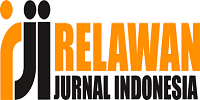Implementasi Penilaian Autentik pada Pembelajaran Tematik di Sekolah Dasar
DOI:
https://doi.org/10.46963/mpgmi.v7i2.367Keywords:
Implementation, Authentic Assessment, ThematicAbstract
As an educational institution that implements the 2013 curriculum, the school will directly apply the appropriate assessment, namely the Authentic assessment. The purpose of this study was to determine the implementation of Authentic Assessment on thematic subjects at the fifth grade of SDN 003 Sungai Salak, Tempuling District, this study used descriptive quantitative research methods. The result of the data analysis concluded that the implementation of authentic assessment in thematic learning in Class V SDN 003 Sungai Salak, Tempuling District was categorically as good.
Downloads
References
Abdul Majid, Asep S. Firdaus. (2014). Penilaian Autentik. Bandung: Interes Media.
Ismet Basuki, Hariyanto. (2014). Asesmen Pembelajaran. Bandung: PT Remaja Rosdakarya.
Rosidin, U. (2020). Penilaian Autentik. Yogyakarta: Media Akademia.
Sobirin, M. (2016). Konsep dan Implementasi Kurikulum 2013 di Sekolah Dasar. Yogyakarta: Deepublish.
Sugiyono. (2015). Metode Penelitian Manajemen. Bandung: Alfabeta.
Yani, A. (2014). Mindset Kurikulum 2013. Bandung: Alfabeta.
Downloads
Published
Issue
Section
License
Copyright (c) 2021 Riska Febriani

This work is licensed under a Creative Commons Attribution-ShareAlike 4.0 International License.
Authors who publish with this journal agree to the following terms:
1. Copyright on any article is retained by the author(s).
2. The author grants the journal, right of first publication with the work simultaneously licensed under a Creative Commons Attribution shareAlike 4.0 International License that allows others to share the work with an acknowledgment of the work’s authorship and initial publication in this journal.
3. Authors are able to enter into separate, additional contractual arrangements for the non-exclusive distribution of the journal’s published version of the work (e.g., post it to an institutional repository or publish it in a book), with an acknowledgment of its initial publication in this journal.
4. Authors are permitted and encouraged to post their work online (e.g., in institutional repositories or on their website) prior to and during the submission process, as it can lead to productive exchanges, as well as earlier and greater citation of published work.
5. The article and any associated published material is distributed under the Creative Commons Attribution-ShareAlike 4.0 International License

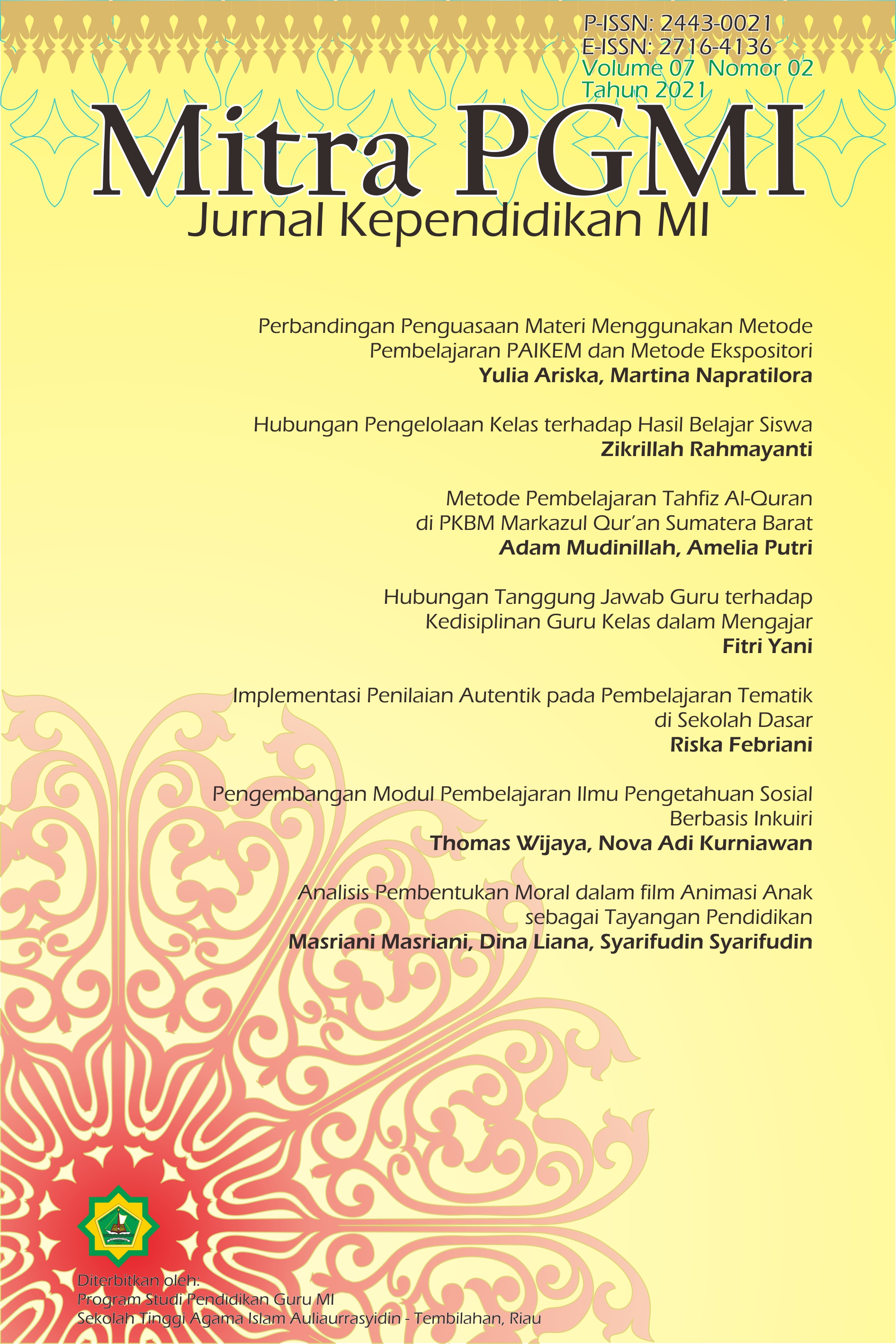
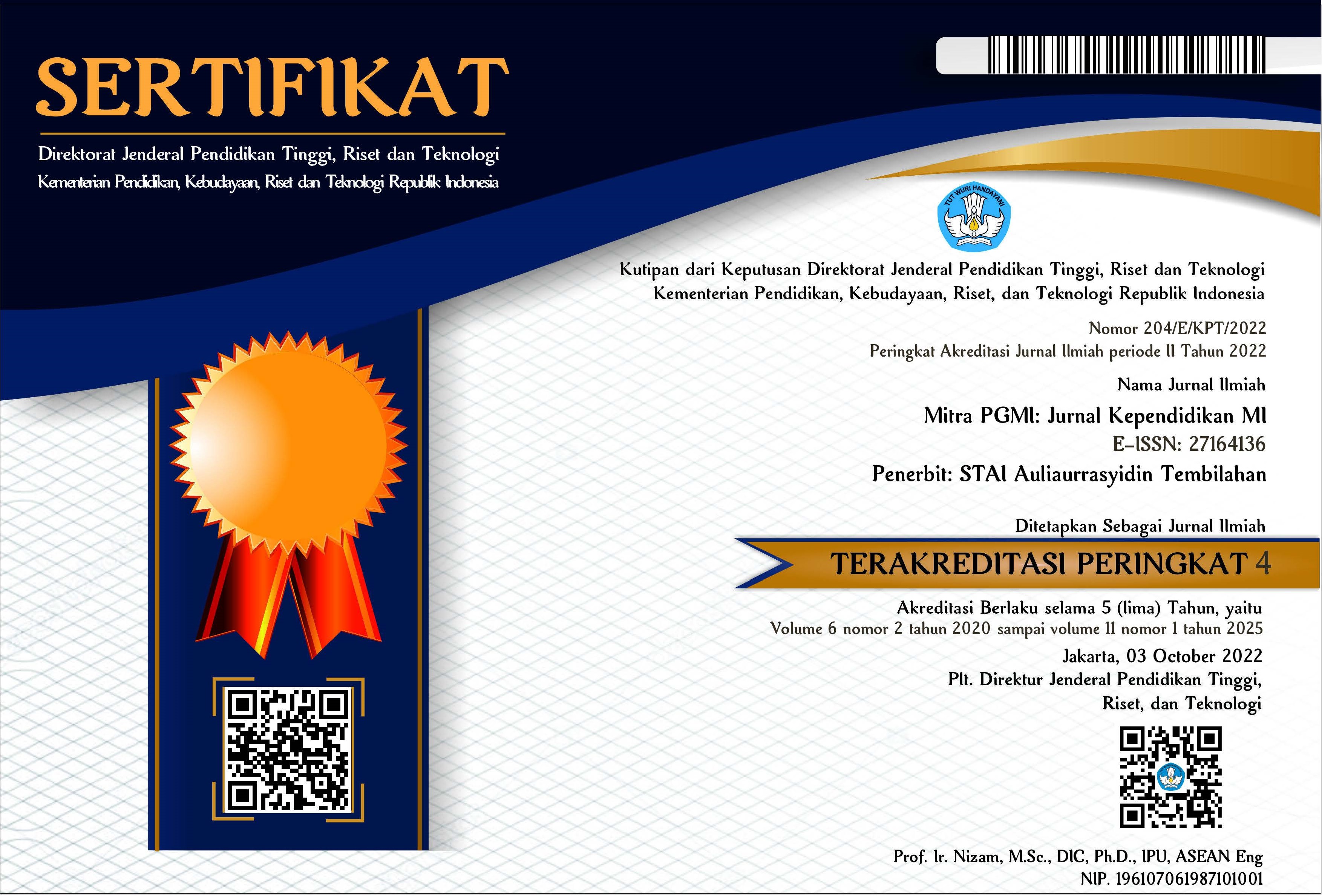

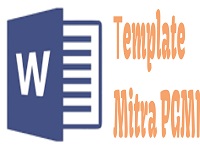

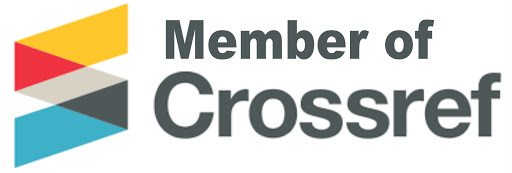
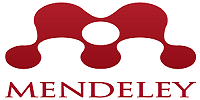
2.png)
